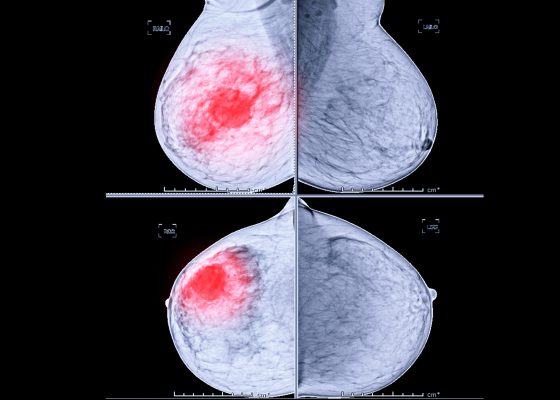RMIT, DDM Health and the DHCRC are putting their heads together to give patients a chance to get treatment before serious consequences occur.
RMIT University and digital health company DDM Health have kicked off a research collaboration designed to maximise the potential of AI voice analysis technology in the assessment of the risk of type 2 diabetes.
The project, facilitated by the Digital Health Cooperative Research Centre, aims to significantly reduce the time-lag between the onset of T2D and diagnosis, which currently is long enough that many patients have already developed serious health issues.
Analysing voice data to assess the risk of T2D is rooted in emerging evidence suggesting that vocal biomarkers can provide insights into the disease.
“Type 2 diabetes is a global epidemic, affecting around 537 million people worldwide, and global spending on diabetes is USD$966 billion annually, which equates to 11.5% of total health expenditure,” said Professor Barbora de Courten, project lead at RMIT University.
“This project offers a new frontier in non-invasive disease risk assessment and will pioneer the use of advanced machine learning algorithms to identify diabetes risk through voice patterns, pushing the boundaries of healthcare technology.”
Related
Arjun Panesar, founding CEO of DDM Health, said:
“This project will showcase the power of AI to transform healthcare by enabling early detection of diabetes through non-invasive voice analysis.
“We’re developing a cutting-edge tool to predict diabetes risk by leveraging advanced AI and machine learning that will integrate seamlessly into global health applications.”
Current diagnostic methods for diabetes require a medical consultation and at least one blood test.
It is hoped the vocal biomarker approach can pave the way for the development of an innovative, cost-effective, and non-invasive tool to alert people who potentially have type 2 diabetes to seek medical advice in a timely manner.
“The development and commercialisation of a voice-based diabetes risk prediction tool has the potential to provide a novel type 2 diabetes detection system for wide adoption within Australia, including remote, underserved communities,” said DHCRC CEO Annette Schmiede.
“As well as improved patient outcomes, this project has the potential to significantly reduce healthcare costs associated with type 2 diabetes and more broadly further strengthen and showcase the capability of the digital health industry in Australia.”




